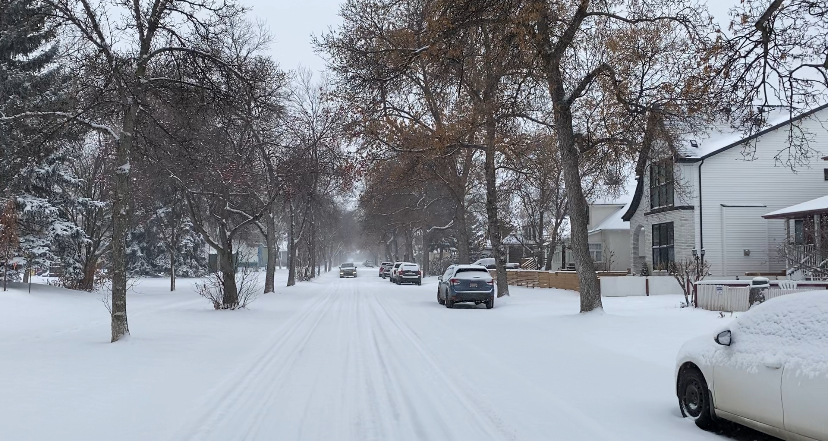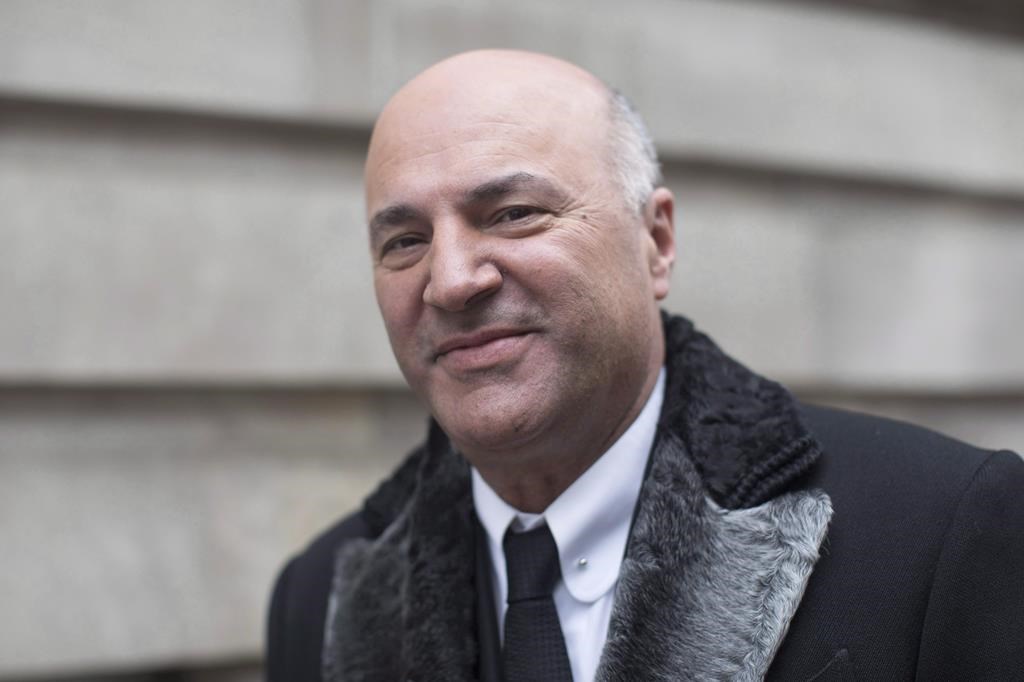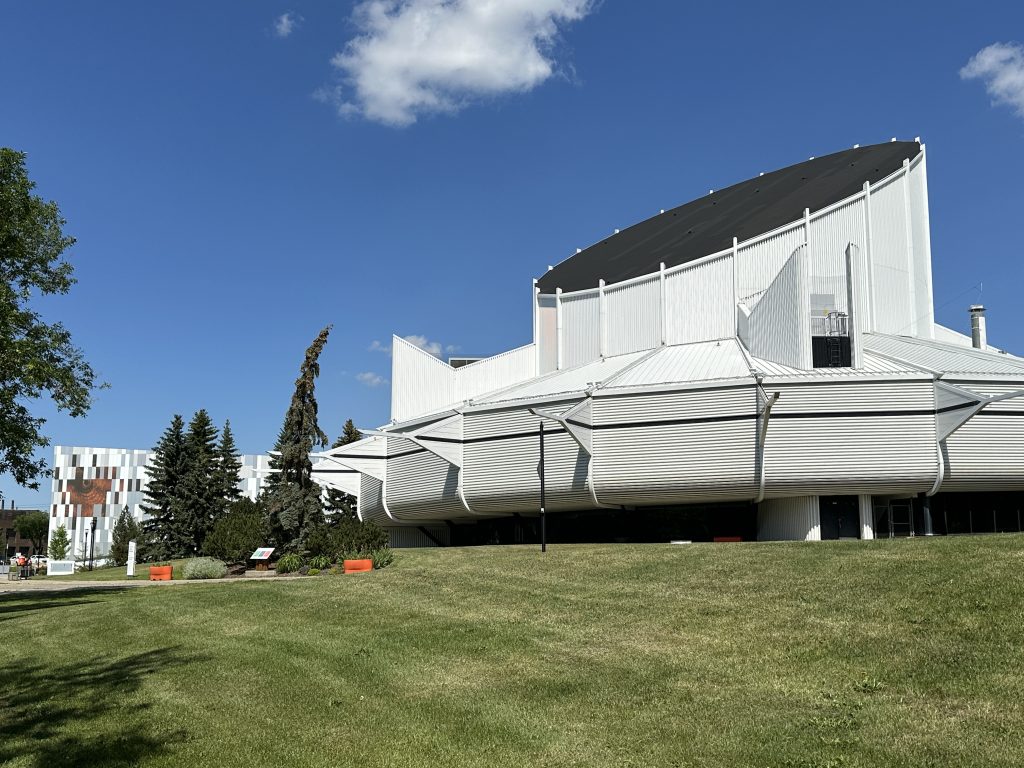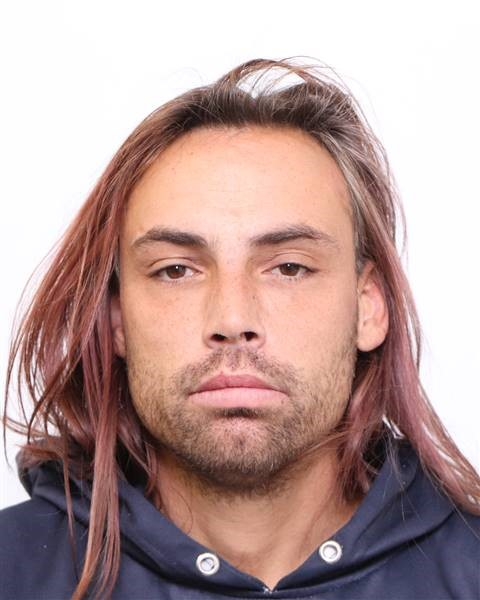Hamas names the 4 hostages it plans to release on Saturday in latest Gaza ceasefire exchange
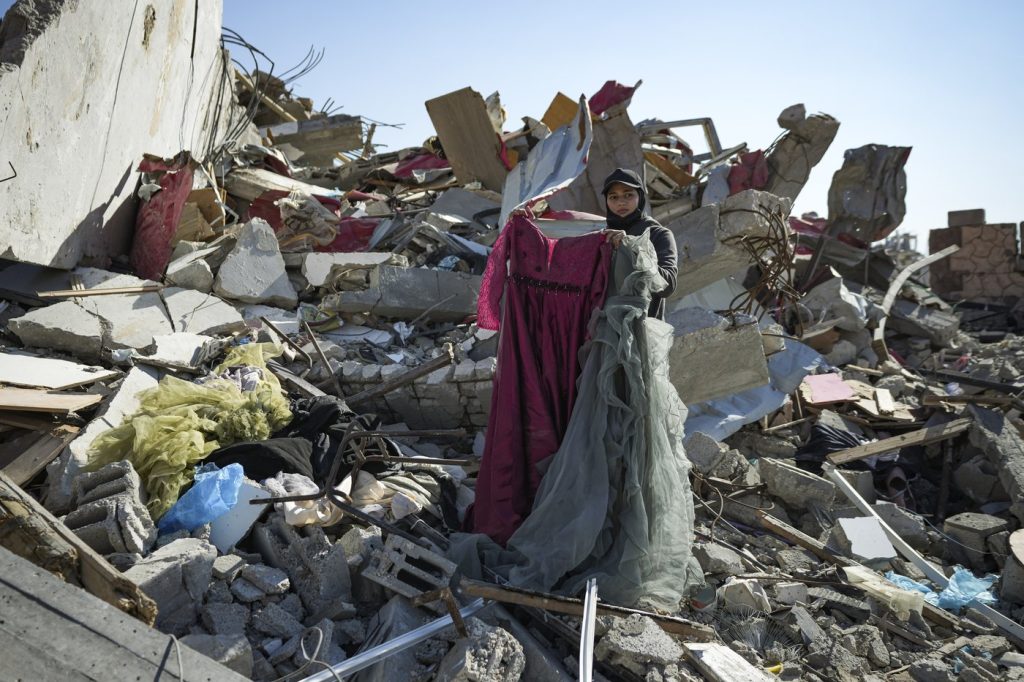
Posted January 24, 2025 4:26 am.
TEL AVIV, Israel (AP) — The Hamas militant group on Friday published the names of four hostages it said it would release the following day as part of the ceasefire in the Gaza Strip.
There was no immediate confirmation of the names from Israel. The hostages are to be freed Saturday in exchange for the release of dozens of Palestinians imprisoned or detained by Israel.
Relatives of hostages still being held by militants in Gaza had earlier Friday called on Israeli Prime Minister Benjamin Netanyahu to ensure that all remaining captives are freed, while also appealing to U.S. President Donald Trump to continue pressing for their release.
As a fragile six-week ceasefire between Israel and Hamas entered its sixth day, Israelis were waiting anxiously for the names of the next four hostages who will be released from among the more than 90 still held in Gaza.
In the Palestinian enclave, civilians in the central and southern part of the Gaza Strip hoping to return to the remnants of their home in the battered north faced an agonizing wait.
Israel believes about a third, or possibly as many as half, of the more than 90 hostages still in Gaza have died. Hamas has not released definitive information on how many captives are still alive or the names of those who have died.
“Dear President Trump, first of all we want to say thank you for the happy moments we felt this week. But we want to tell you we still have 94 hostages, we need them all at home,” said Ayelet Samerano, whose son Yonatan Samerano is among those still being held. “Please do not stop. Please continue to press and do everything so that all the 94 hostages will come home immediately.”
In the first phase of the ceasefire deal, 33 hostages are expected to be released gradually in return for hundreds of Palestinian prisoners held by Israel.
The first three Israeli hostages were freed in exchange for 90 Palestinian prisoners on Sunday, the first day of the ceasefire that has halted the 15-month war that has devastated Gaza. Wide swathes of the territory have been destroyed, while more than 47,000 Palestinians have been killed, according to Gaza health authorities, who do not differentiate between combatants and civilians but say more than half are women and children.
According to the deal, on Friday Hamas is to announce the names of the next four hostages to be released on Saturday, after which Israel will also release a list of which Palestinian prisoners will be freed.
The hostages were among about 250 men, women and children captured by militants who burst across the border into Israel on Oct. 7, 2023, killing around 1,200 people in an attack that sparked the war in Gaza. About 100 were released during a brief ceasefire in November that year, while the bodies of around three dozen hostages have been recovered in Gaza and eight hostages have been rescued by the army.
“I call from here to the Prime Minister and negotiating team — you’re doing excellent work — do whatever is necessary to bring everyone back, to the last hostage,” Samerano said. “We ask you to ensure phase two of the deal is agreed upon before finishing the current phrase. We cannot continue living in uncertainty. All hostages must return, and none of them has time left.”
The 33 to be released in the first phase will include women, children, sick people and those over 50 — almost all civilians, though the deal also commits Hamas to freeing all living female soldiers in Phase 1. Hamas will release living hostages first, but could release some bodies if they don’t have enough living hostages in this category. Male soldiers are not expected to be released in the first phase.
“This week we were moved to watch images of mothers embracing their daughters, but our hearts break thinking that my son Nimrod and other men remain behind, and each day they’re there poses a real danger to their lives,” said Vicky Cohen, whose son Nimrod Cohen is among the hostages. “The worry that the deal won’t be fully implemented gnaws at us all. All senior officials openly say that stopping the deal means a death sentence for those left behind.”
Under the terms of the deal, Palestinians in Gaza will have more freedom of movement from the north to the south of the enclave. Civilians in the south will be allowed to take a coastal road to northern Gaza from Saturday, when Israeli troops are expected to withdraw from the key route and Hamas is set to release the next four Israeli hostages.
Those in other parts of the strip seized on the ceasefire this week to reunite with scattered family members, picking their way through vast swaths of rubble and trying to salvage what remained of their homes and their belongings. But those displaced from the north have had to wait.
“The first thing I’ll do, I’ll kiss the dirt of the land on which I was born and raised,” said Nadia Al-Debs, one of the many people gathered in makeshift tents in Gaza’s central city of Deir al-Balah preparing to set out for home in Gaza City the next day. “We’ll return so my children can see their father.”
Nafouz al-Rabai, another displaced woman in Deir al-Balah from al-Shati, along the coast in Gaza City, said the day she walks home will be a “day of joy for us.”
The return stirs bittersweet emotions. Al-Rabai acknowledged it would be painful to absorb the scale of damage to the home and the urban refugee camp she knew and loved. “God knows if I’ll find (my house) standing or not,” she said. “It’s a very bad life.”
___
Shurafa reported from Deir al-Balah, Gaza Strip.
Shlomo Mor And Waafa Shurafa, The Associated Press
